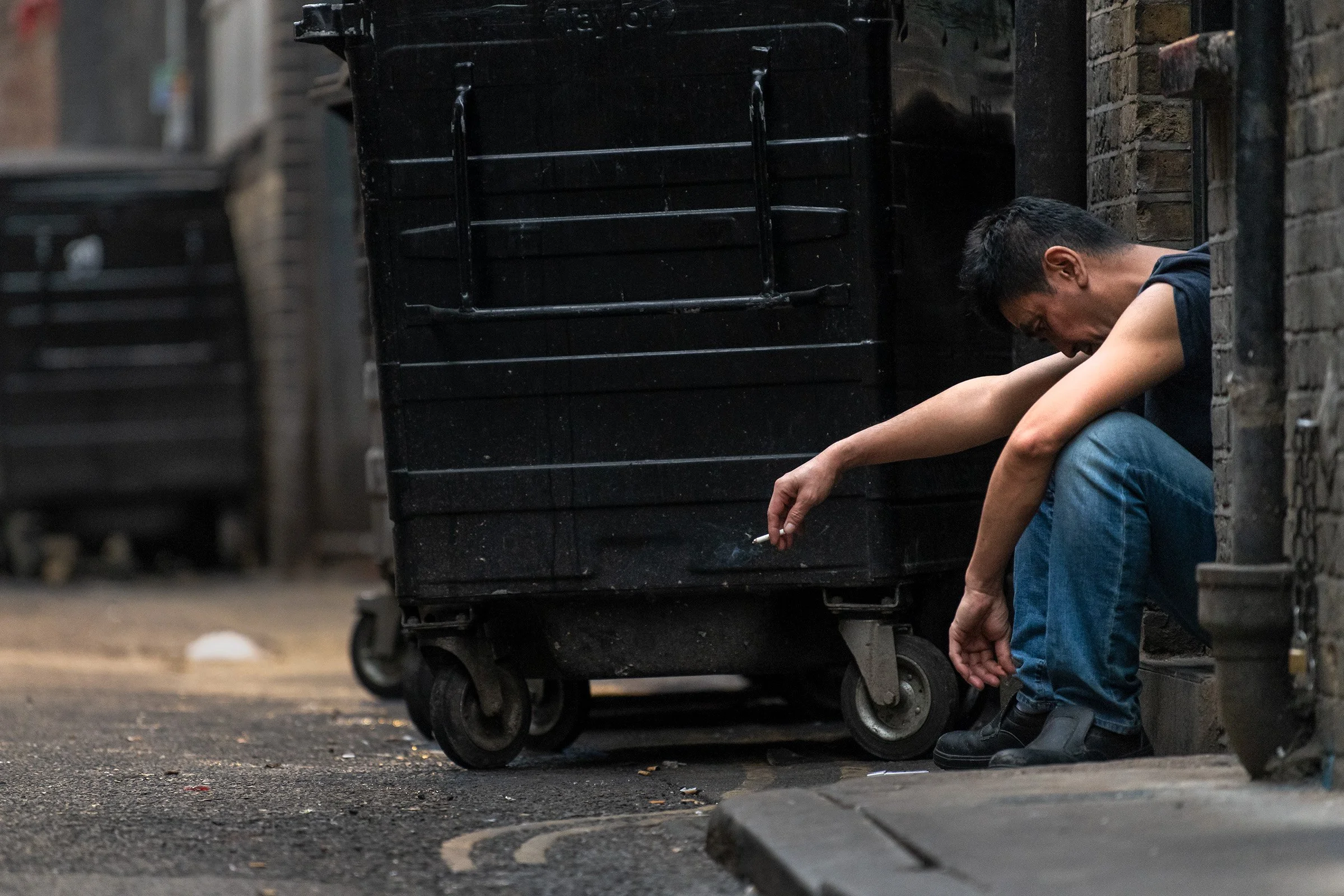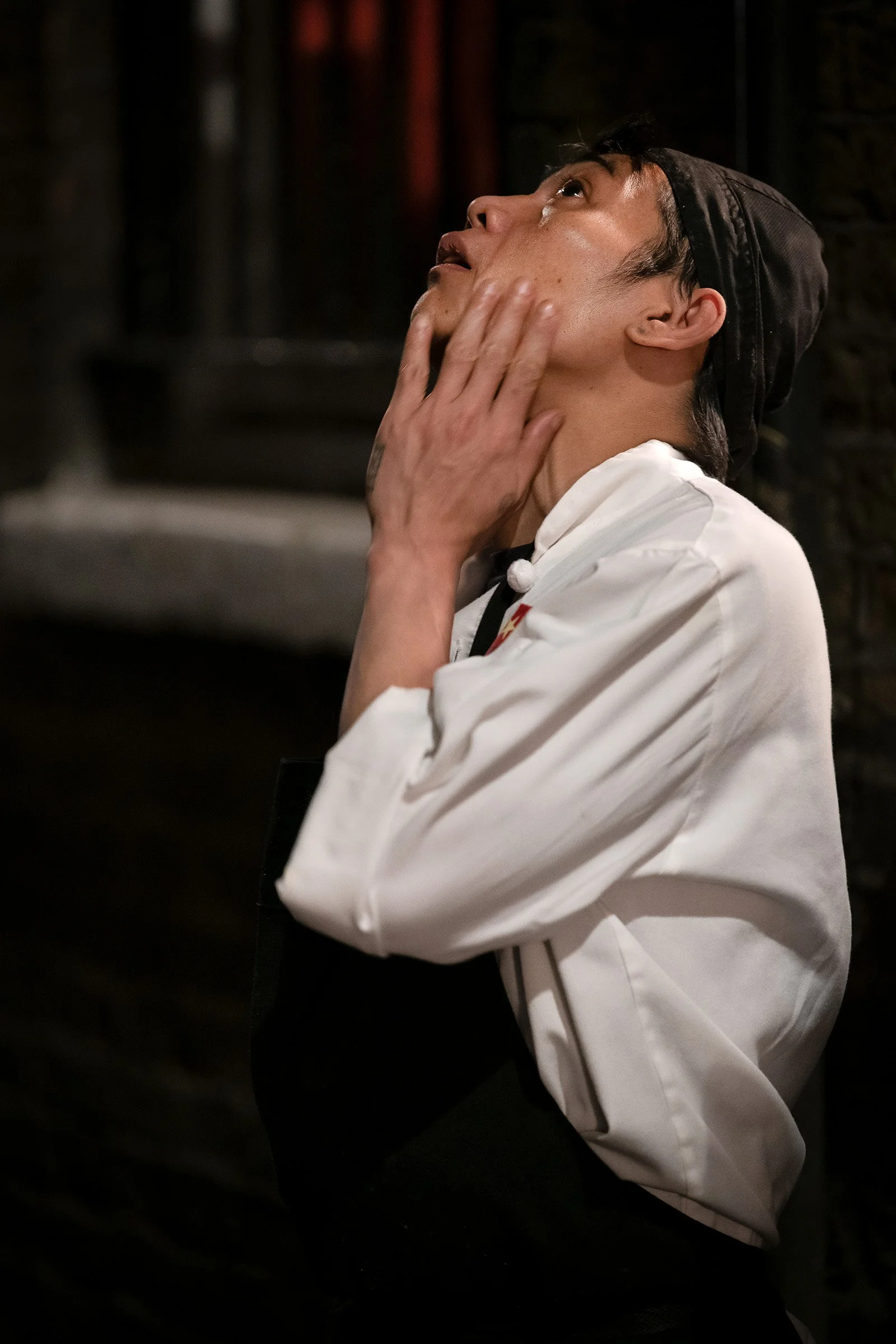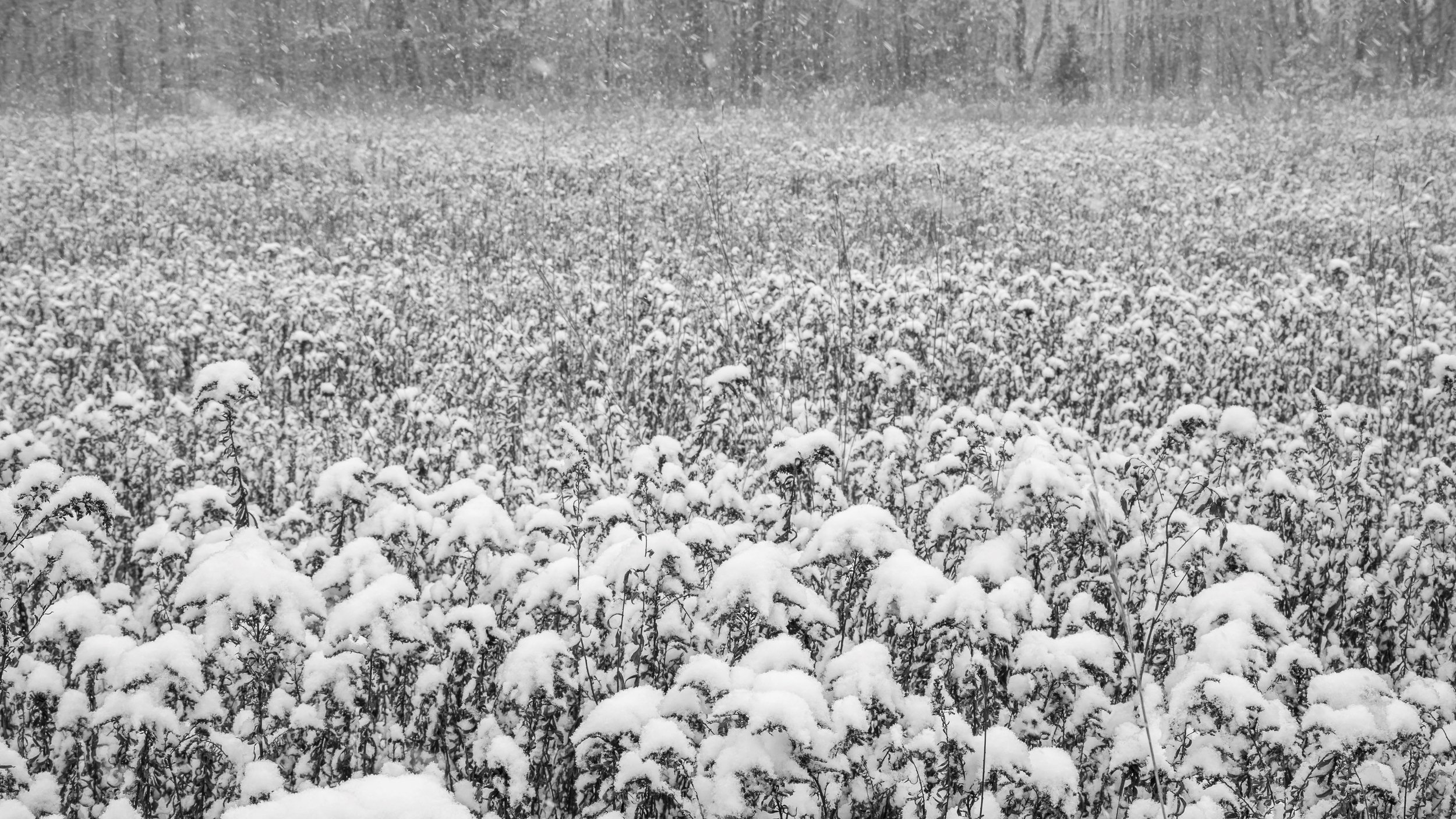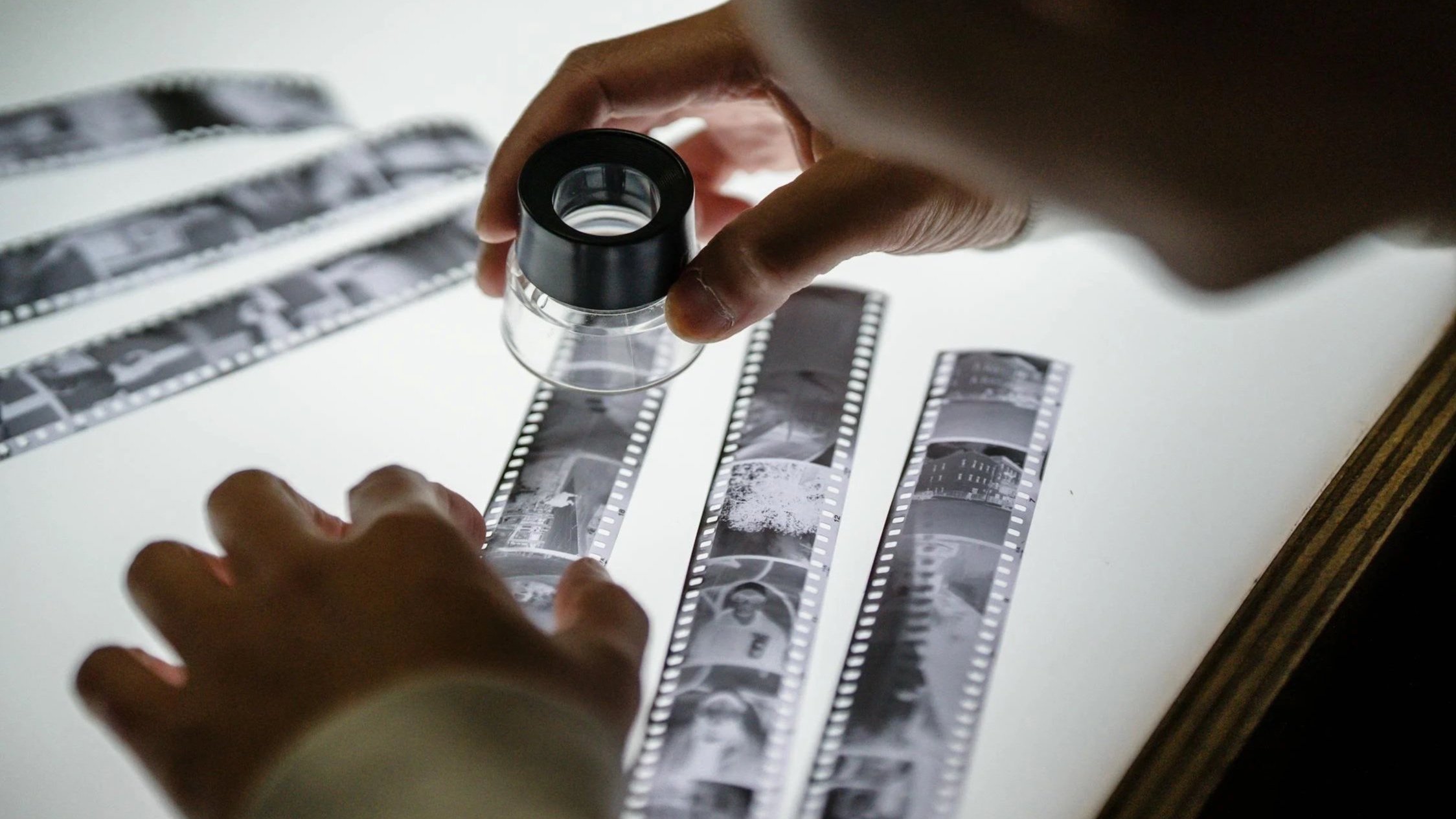Smoking Chefs by Jan Enkelmann
Welcome to another captivating photo essay, this time by Jan Enkelmann. We'd love to hear your thoughts. Feel free to comment below and, if you're interested, share your photo essay with us. Your perspectives add valuable dimensions to our collective exploration.
In the noisy bustle of London's West End, Jan Enkelmann's photo essay "Smoking Chefs" uncovers sanctuaries of quietness and contemplation amidst the hustle and bustle of Chinatown. Photographed mostly at night, his images capture kitchen staff taking a momentary break from their demanding routines. Many of these chefs, recent immigrants with limited English, have already worked long hours when the restaurants open. Through these images, Jan offers a rare glimpse into a community that balances hard work, cultural preservation, and moments of solitary reflection in one of London’s busiest areas.
Smoking Chefs is a long-term photographic project documenting chefs during their cigarette break in London’s Chinatown.
Mostly photographed at night-time, Jan’s images manage to capture sanctuaries of quietness and contemplation in one of London’s busiest areas. Here, in the middle of Theatreland, countless restaurants compete for tourists, theatregoers, and anyone hungry for Asian delights of all kinds. Throngs of visitors collide with Chinatown’s tight-knit ethnic community.
By the time the restaurants open, some of the kitchen staff have already been working since the early hours of the morning. Many of them are recent immigrants who speak little or no English. A lot of them will have clocked more than 60 hours in the kitchen when the week is over.
Jan is using the ritual of escaping the busy kitchens for a quick cigarette as the common visual denominator for his documentation of a community caught between work in crammed and exhausting conditions, harassment by the police and immigration authorities, and few social contacts outside the Chinese community.
Inspiration and origin
Chinatown is one of the few areas in London that is always packed with people. When you arrive early in the morning, there are dozens of delivery vans supplying the restaurants with goods. From lunchtime onwards, until late into the night, the streets are full of tourists and other hungry people. I guess there are more restaurants per square metre than anywhere else in town.
I’ve had the opportunity to spend time in the kitchen with some of the chefs, starting at 6.30 in the morning when they are preparing Peking ducks, until late at night, when there are up to 20 people crammed into the kitchen, preparing every single order from scratch. I would have loved to find out more about their lives and work, but hardly anyone speaks English.
You don’t see a lot of people smoking actual cigarettes anymore, but around Chinatown, it’s striking how many people still smoke – and most of them are chefs or other restaurant personnel. When I started making and then posting these photos online, lots of people started sending me their own pictures of smoking chefs. It’s just a very common sight and it seems I wasn’t the only one to notice.
Approach, visual and emotional journey
The few minutes it takes to smoke a cigarette is the time when the chefs completely switch off to escape into their own world. I wanted to capture this short-lived atmosphere of serenity. I think my photos also manage to indirectly capture the strain of their hard work.
At first, I tried to photograph the chefs surrounded by the hustle and bustle of the crowds, but then I found the pictures much more powerful where I managed to isolate the subjects from the wider context and made them appear completely alone with themselves. There are a few quiet corners and doorways around Chinatown, but most of the photos were made in very crowded and hectic environments and so this became the challenge – to frame the images in such a way that the busy surroundings weren’t visible in the final image.
Impact and Reception
So far, I have only published these images in a small edition of a self-published book and on my website, but somehow, they have almost gone viral. But not necessarily in a good way. If you google it, you’ll find a number of websites around the world that have published images from the series without my permission. Interestingly some of them in China, where they seem to resonate with a local audience.
One publication described the photos as “simultaneously intimate, voyeuristic, weary, sad and timeless,” which I think is a fitting description that I’m quite happy with. I still hope to maybe find a publisher and put together a book for a wider audience.
Ethical Considerations: You mention that the subjects of your photos, the chefs in Chinatown, may not always be aware of your presence. Can you discuss the ethical considerations you navigate in capturing candid moments of these individuals during their private rituals? How do you balance your artistic vision with respect for their personal space and awareness?
It's a subject that inevitably comes up and I have had many, sometimes heated, discussions around the ethical aspects of my work, especially with projects like Smoking Chefs.
It’s correct to say, that the subjects of these images are usually not aware of me making the photo, which I suppose is true for most street photography. I make it a conscious decision for each project how I approach photographing people, depending on what it is I’m trying to express. With other work, I do ask my subjects for permission, and of course the resulting images are very different in the sense that they are posed portraits.
I know it’s not easy to ask strangers in the street to take their picture, and it’s something that I still find challenging after many years of doing it. But first and foremost, it’s an artistic decision. A large part of what makes the images of the chefs so intriguing is the fact that they are candid shots. You could say they are more ‘real’, although saying something like that might open up a whole other discussion ☺️.
In the end it’s a question that every photographer must answer for themselves. I work in series and I’m trying to tell stories and I’ll use an approach that works best in the context of that series. But I guess it’s important to say that although it sometimes appears as I’m intruding into the personal space of my subjects, these photos are taken in what is probably one of London’s busiest and most crowded environments and isolating the subject from the busy surroundings, and suggesting a very intimate setting is what made creating these images quite a challenge.
Visual Storytelling in Urban Settings: Chinatown serves as a vivid backdrop for your photo essay. What draws you to urban settings like this, and how do you approach the challenge of making each image stand out amidst the visual chaos of a busy city environment?
I started out in travel photography, but over time, maybe also because having kids and a family meant less traveling, I began to shoot more in my own city. I once read this quote by another photographer that said something like, if you can’t make an interesting picture around your neighbourhood, then you have no business traveling to other parts of the world.
Making work around London allows me to revisit an area or a subject on a regular basis over an extended period of time, and also build a strong relationship with my subject, which I hope shows in my photos.
Although it’s really another photographic cliché, I’m trying to highlight the extraordinary in the ordinary, show an angle of a well-known subject in a way that might otherwise be overlooked because you tend to see what you’ve been taught to see by having looked at countless photos of Chinatown in the media or on Instagram.
With Smoking Chefs, I’ve made most of the images in the evening or at night. I suppose that contributes to the mood and atmosphere of the pictures and creates a particular colour scheme that’s very different from daytime photography.
Personal Connection and Ritual: You describe finding a parallel between your photographic routine and the chefs’ smoking rituals. How has this connection influenced the way you relate to your subjects and your broader photographic work? How do you think this personal engagement impacts the authenticity of your portrayals?
The best photography captures an intimacy that comes out of a strong relationship between the photographer and his or her subject. I think that’s one of the reasons I’ve become less interested in travel photography, as it’s often superficial and almost by default has a sensationalist aspect to it – there just isn’t enough time to do a subject or location justice and really get under its skin in the time available.
It's rare that I know exactly what a particular project is really about when I start shooting. It usually starts with an intuition the I’m unable to properly articulate at the outset. But the fact that I’m drawn back to it time and time again means there’s something I’m really captivated by, and it then crystallises into something much more concrete over the course of the project. And that can sometime take years.
With Smoking Chefs, spending countless hours walking the same streets (London’s Chinatown isn’t exactly huge) allowed me to get a feel for the routine of the chefs and where they preferred to enjoy their cigarette break. I guess it also helped that they got to see me around with my camera and therefore accept – or ignore – me being there.
Part of the work was also to make connection with a restaurant owner who allowed me access to his kitchen. Being able to speak with and observe the chefs during their work maybe gave me a deeper insight and better understanding of the people in the photographs.
Jan Enkelmann is a documentary photographer and graphic designer living and working in London. He was born in Waiblingen (near Stuttgart), Germany in 1970. He often works in long-term projects and most of his work is concerned with observations of people in public spaces.
Jan has published several books of his photography. Happiness (2007, Bucher/Prestel) is a photographic travelogue and winner of the ITB Book Award 2008. Serious Conviction (2015) documents the people and the passion of London’s Speakers’ Corner. His latest book Pause (2020) shows an unseen London during the covid lockdown and was awarded the German Photobook Award in Silver.
We'd love to hear your thoughts. Feel free to comment below and, if you're interested, share your photo essay with us. Your perspectives add valuable dimensions to our collective exploration.














Step into the nostalgic world of vintage photography with Glen Snyder, as he explores the unique character of expired and retro-look films through the lens of a classic Konica III camera. Picture Story